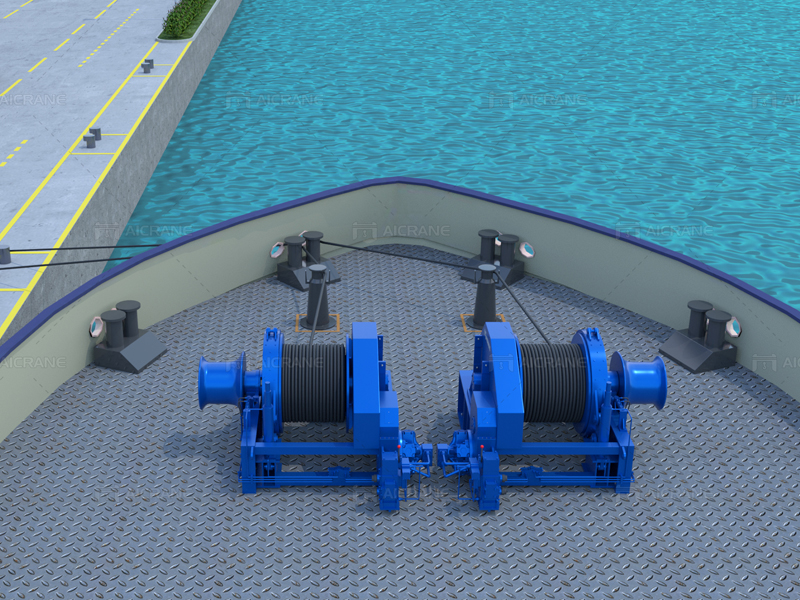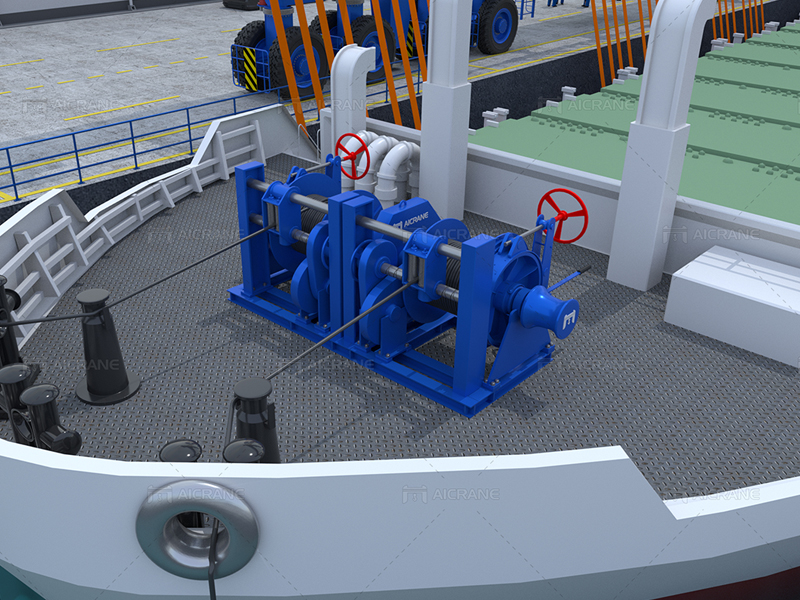Mooring winches play a crucial role in ensuring the safe and secure anchoring of vessels in various maritime applications. As with any equipment integral to maritime operations, there are stringent regulations and standards in place to govern the design, manufacturing, and usage of mooring winches. These regulations are essential to maintain safety, operational efficiency, and environmental protection within the maritime industry.

Regulatory Framework
The regulatory framework for mooring winches is often established by international maritime organizations and classification societies. The International Maritime Organization (IMO) is a key player in setting global standards. The IMO’s SOLAS (Safety of Life at Sea) Convention includes guidelines and requirements for various aspects of ship safety, including mooring equipment.
SOLAS Regulations
Under SOLAS, Regulation II-1/3-8 focuses on the requirements for mooring and towing equipment. It specifies that such equipment should be in accordance with recognized standards to ensure its proper design, construction, and maintenance. This includes considerations for materials, strength, and reliability.
Classification Societies
Classification societies, such as Lloyd’s Register, DNV, and ABS, also contribute significantly to the establishment of standards for mooring winches. These organizations develop rules and guidelines that go beyond basic regulatory requirements. Shipowners often seek compliance with these standards to enhance the reliability and performance of their vessels.
ISO Standards
The International Organization for Standardization (ISO) has specific standards related to winches. ISO 3730:2019, for example, provides guidelines for the selection and usage of shipboard winches. These standards cover aspects like performance, testing, and design considerations.

Design and Construction Standards
Regulations governing mooring winch design often include criteria for structural integrity, load capacity, and the use of suitable materials. Compliance with these standards ensures that marine winches can withstand the dynamic forces exerted during mooring operations, contributing to the overall safety of the vessel and its crew.
Safety Considerations
Safety is a paramount concern in the maritime industry, and mooring winches are no exception. Regulations often outline safety features, such as emergency stopping systems, fail-safe mechanisms, and proper labeling of controls. Regular inspection and maintenance are also mandated to ensure the continued reliability of mooring winches.
Environmental Standards
Environmental protection is another critical aspect covered by regulations. Winches must be designed and operated to minimize the risk of oil spills or other pollutants into the marine environment. Compliance with these standards contributes to sustainable maritime practices and protects sensitive ecosystems.
Training and Certification
Regulations may also extend to the training and certification of personnel involved in mooring operations. Properly trained crew members are essential for the correct usage of mooring winches, reducing the likelihood of accidents and ensuring that operations adhere to safety and environmental standards.
Periodic Inspections and Surveys
To maintain compliance with regulations, mooring winches are subject to periodic inspections and surveys. These assessments, often conducted by classification societies, verify that the equipment meets the required standards and is fit for continued service.
Global Harmonization Efforts
There is a continuous effort towards global harmonization of regulations to create a level playing field for the maritime industry. This harmonization ensures that vessels from different regions comply with similar standards, promoting safety and efficiency in international waters.
Conclusion
The regulations and standards governing mooring winch design and usage are crucial elements in maintaining the integrity and safety of maritime operations. As technology advances and the maritime industry evolves, these regulations will continue to adapt to address emerging challenges and opportunities. Shipowners, manufacturers, and operators must remain vigilant in adhering to these standards to ensure the reliability, safety, and environmental sustainability of mooring winches in the ever-changing landscape of maritime activities. To learn more about these equipment, click here https://steelmillcranes.com/